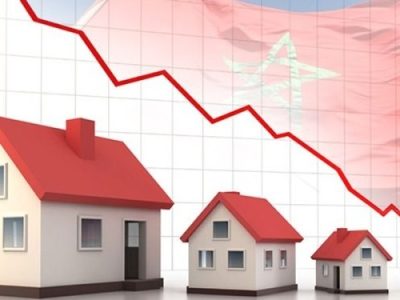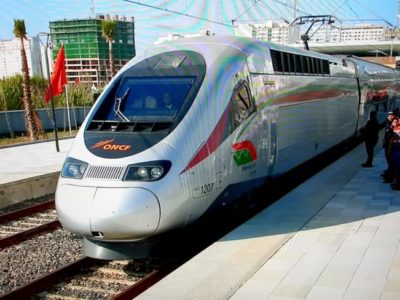
China–Morocco relations refer to the bilateral relations between China and Morocco. They established diplomatic relations since November 1958. China has become one of the most significant economic partners for Morocco, the two countries have reinforced their ties in several sectors, including media and tourism. Morocco established diplomatic ties with China in 1958, when Morocco became the second African country to recognize the People’s Republic of China. Thus, China Becomes a key factor for doing business and investing in Morocco.
in this article , we will should light on China’s potentials behind its success story in recents years, Chinese economic booming phenomena.With the globe’s largest GDP (PPP) at $23.12 trillion, China is indisputably a close contender for the title of world’s largest economic superpower along with the United States.
But what makes this possible in the first place? The country’s economic clout arguably stems from its human capital: a 1.4 billion-strong population.
| Chinese Province | Population (millions) | Comparable Countries | Population (millions) |
|---|---|---|---|
| Guizhou | 35.5 | Morocco | 34.5 |
| Beijing | 21.7 | Finland, Sweden, Norway | 20.7 |
| Chongqing | 30.5 | Saudi Arabia | 31.7 |
| Fujian | 38.7 | Afghanistan | 34.6 |
| Gansu | 26.1 | Yemen | 29.1 |
| Guangdong | 110 | Philippines | 103.2 |
| Guangxi | 48.4 | Colombia | 48.7 |
| Anhui | 62 | France | 64.5 |
| Hainan | 9.1 | Austria | 8.7 |
| Hebei | 74.7 | Thailand | 69 |
| Heilongjiang | 38 | Iraq | 37.9 |
| Henan | 95.3 | Egypt | 90.2 |
| Hong Kong | 7.3 | Jamaica, Costa Rica | 7.7 |
| Hubei | 58.8 | South Korea | 51.2 |
| Hunan | 68.2 | United Kingdom | 65.6 |
| Jiangsu | 80 | Turkey | 79.8 |
| Jiangxi | 45.9 | Argentina | 43.6 |
| Jilin | 27.3 | Ghana | 27.6 |
| Liaoning | 43.8 | Spain | 46.4 |
| Macau | 0.61 | Montenegro | 0.62 |
| Inner Mongolia | 25.2 | Denmark, Luxembourg, Netherlands | 23.3 |
| Ningxia | 6.7 | El Salvador | 6.3 |
| Qinghai | 5.9 | Singapore | 5.6 |
| Shaanxi | 38.1 | Poland | 38 |
| Shandong | 99.5 | Vietnam | 92.7 |
| Shanghai | 24.2 | Romania, Croatia | 24.5 |
| Shanxi | 36.8 | Canada | 36.2 |
| Sichuan | 82.6 | Germany | 82.3 |
| Tianjin | 15.6 | Slovakia, Czech Republic | 16 |
| Xinjiang | 24 | Australia | 24.4 |
| Xizang (Tibet) | 3.3 | Uruguay | 3.5 |
| Yunnan | 47.7 | Kenya | 45.4 |
| Zhejiang | 55.9 | South Africa | 55.6 |
To drill down further, China is composed of:
- 4 municipalities
Beijing, Chongqing, Shanghai, and Tianjin - 5 autonomous regions
Guangxi, Inner Mongolia, Ningxia, Tibet, and Xinjiang - 2 special administrative regions (SAR)
Hong Kong and Macau
The remaining 22 are the officially-labeled provinces of China.
It’s worth noting that Taiwan is also claimed as one of China’s provinces, even though there is some ambiguity and disagreement around Taiwan’s actual political status.
Nevertheless, it’s clear that every region, and especially the massive cities with them, are substantial contributors to the country’s growth and success.
A NEW DEMOGRAPHIC ERA AHEAD
Going forward, China’s population may cease to be a strength that contributes to rapid Chinese economic growth.
In the wake of the infamous one child policy, the country could soon by dealing with the demographic time bomb of a rapidly aging population.

By 2050, almost four in ten people in China will be above the age of 60, which will create an added strain on the already declining working-age population.
The good news for China?
The country is making huge moves to combat global economic challenges , including ambitious plans to build a $1 trillion AII:artificial intelligence industry by 2030, and an attempt to close the impending labor gap between social classes.



















Comments